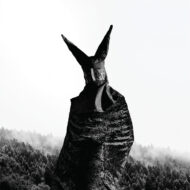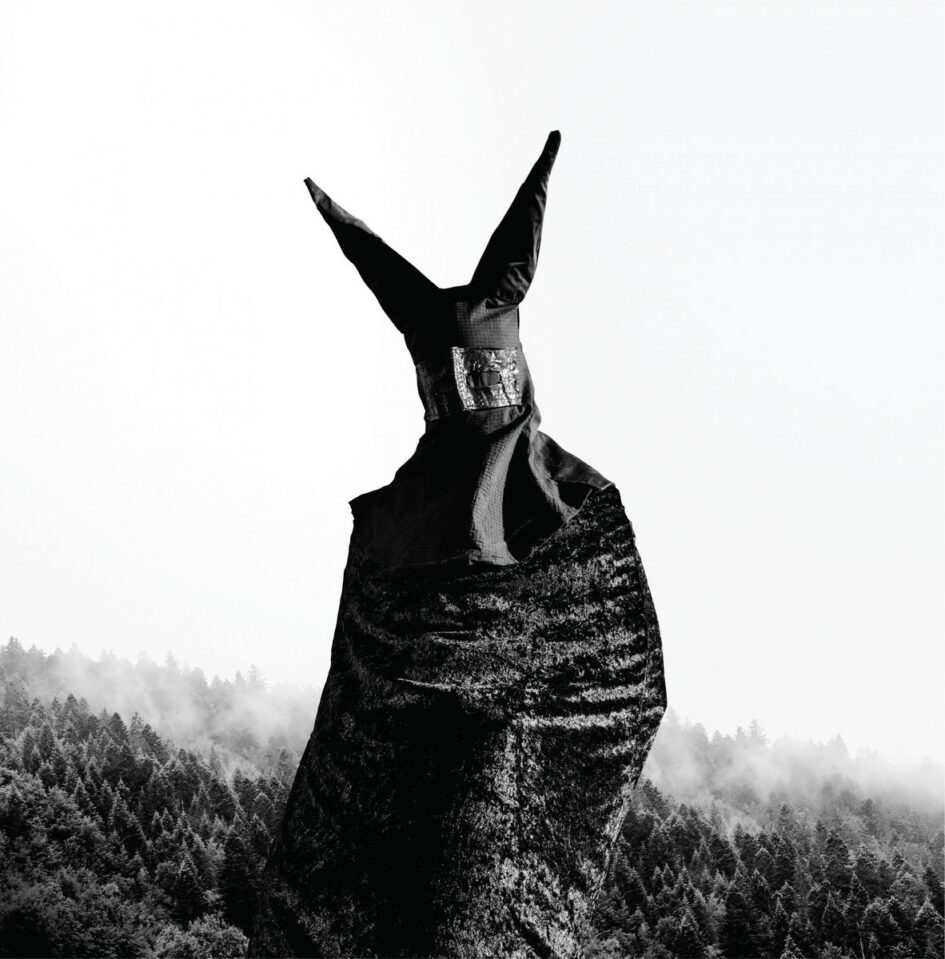 There’s a strong suggestion of a dark and sinister element in the artwork of this album, of which there is the added promise of psychedelic suggestions and different rhythmic elements.
There’s a strong suggestion of a dark and sinister element in the artwork of this album, of which there is the added promise of psychedelic suggestions and different rhythmic elements.
We enter the forest on a dark morning. The drum beat is slow. The atmosphere is moody. There’s a haunting rhythm. “Foresta I (un buio mattino)” is transfixing. The rhythm is that of hard rock, slightly jazzy, psychedelic, progressive. The drum takes up a tribal beat as the song expands in intensity. It is an intriguing start. It is also an exploration of sound. We remain in the forest. A haunting chant is overridden by heavy 70s fuzz doom psychedelia. This denotes “Foresta II (Bestia)”. It plods on weightily. The drunken vocal has tones of Pink Floyd but there is something altogether dark and sinister in the year. From the style the year is somewhere in the 1970s but Le Pietre dei Giganti wisely have expanded their sound and the effects that go with it. Haunting multi-level choruses are commonplace, and one of these together with a Mediterranean acoustic guitar form the backbone of the little interlude that follow. The dream continues with a venture into the last twilight of the forest. “Foresta III (l’ultimo crepusculo) lives up to its name. Again Floydian in its languidness, there is an evocative trumpet section, matched with those tribal drums and colourful guitar work, all giving it an exotic and hazy flavour.
Having explored the forest, we move on to new pastures. Stylistically it’s not so different. The title song is melancholic, reflective a dreamy with a rock sway and symphonic tinges. The drum sound is like a heartbeat. The vocals are expressive and anguished, sort of Peter Skellern but singing in Italian. “Ohm” has a regimented beat, but always with surrounding fog, occasional excursions into dark and mysterious places and at one point an angry touch. The deliberately confused sound signal dark psychedelia. To follow this piece of hypnosis, “Polvere” (Dust) is total sadness – slow, reflective, dark. It picked up when the guitar cuts in with a rich rhythm but technically creative as it is, it’s a difficult song to swallow. The trumpet intervenes and adds that touch of isolated sadness that it does and with it a hook, if I can put it that way, and a link to the sheer sadness of our lives. The trumpet carries magic. Strangely after this reflection, Le Petre dei Giganti turn to rock punk. Where did this come from? “Piombo” (Lead, as in lead heavy) is just bizarre and doesn’t fit in at all, or at least that’s what I saw. My mindset was in mystical and dark places, and I was grappling with that, and then this came along … and mercifully ended. In my head it went down like a lead balloon. What was that all about? I could ask the same about “Quando l’ultimo se ne andrà” When the Last One Goes Away). The singer sounds drunk, and the rhythm is like tribal fuzz blues. At least it’s interesting, and that’s a word that fits this album as a whole.
I found the second half of this album more difficult than the first to absorb, but there’s no doubt that Le Pietre dei Giganti have great creative qualities and a strong sense of sound and atmosphere. The fact that the lyrics are in Italian and I know very little was not important as this is an album where you feel the mood. Always artistic, through the rhythms “Veti e Culti” create freshness through dark and melancholic scenes, and that’s no mean achievement.
(7.5/10 Andrew Doherty)

Leave a Reply